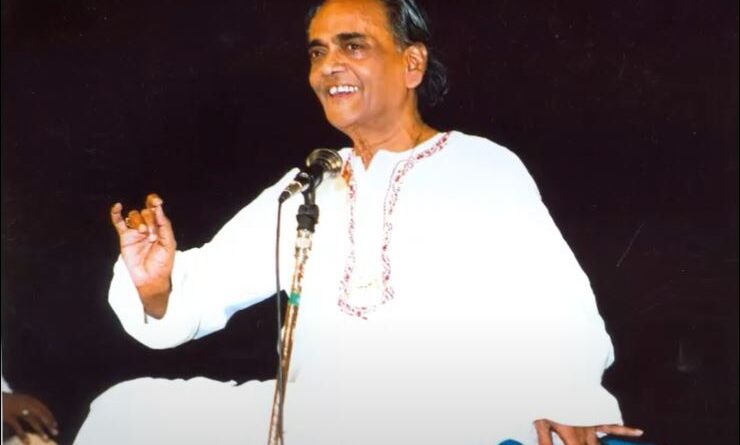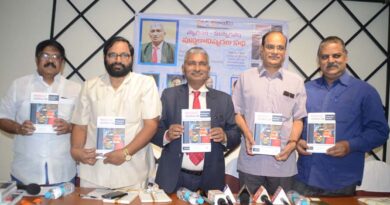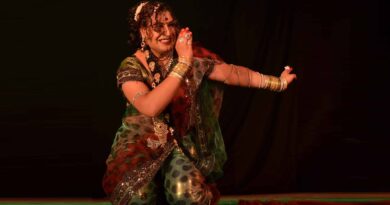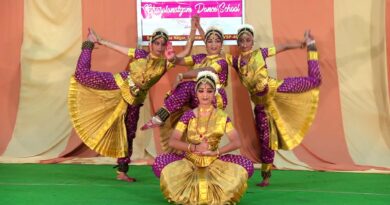Is Andhra Natyam founder Nataraj Ramakrishna failed to spread his dance globally?(A Look Back At The Past Century)
Text By: B.R Vikram Kumar
On the island of Bali, Dr. Nataraj Ramakrishna was born into a prestigious Andhra family. His family has a long history of artistic appreciation. Dr. Nataraj Ramakrishna had a deep love for dancing, but his father discouraged it because of the social stigma it carried at the time.

Dr. Nataraja Ramakrishna’s commitment to dancing was so strong that he left behind his family and a fortune in property. Dr. Nataraja Ramakrishna suffered from extreme poverty and relied on Swami Saswathikananda for guidance and care while he spent most of his time at the Ramakrishna Math in Madras. He jumped to Gandhiji’s ashram, where he was introduced to many notable people, including Asha Devi, Aryanayakam, Deenabandhu, Prabhakarji, and others.
Meenakshi Sundaram Pillai, Vendantam Lakshmi Narayana, Sastry, SMT. Naidupeta Rajamma, and Pendyela Satyabhama were just a few of the outstanding dance teachers he studied under on his journey to dance nirvana.
Eventually, a family doctor by the name of Dr. Sonak saw his dance. Dr. Nataraja Ramakrishna’s dancing captivated him so much that he invited him to Nagpur to showcase his talents. Ramakrishna had to perform for an audience of reviewers, poets, painters, and the city’s upper class. After fasting for several hours before going on stage, he invoked the goddess Sarswati for inspiration and delivered a stunning performance. From that point on, Ramakrishna began to rid himself of hunger and poverty, plunging him into plenty and making his ambitions a reality.
He had plenty of spare time to study numerous tongues, hone his musical and dance skills, and travel the world.
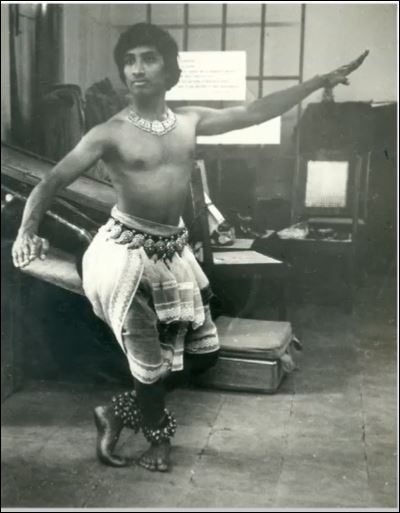
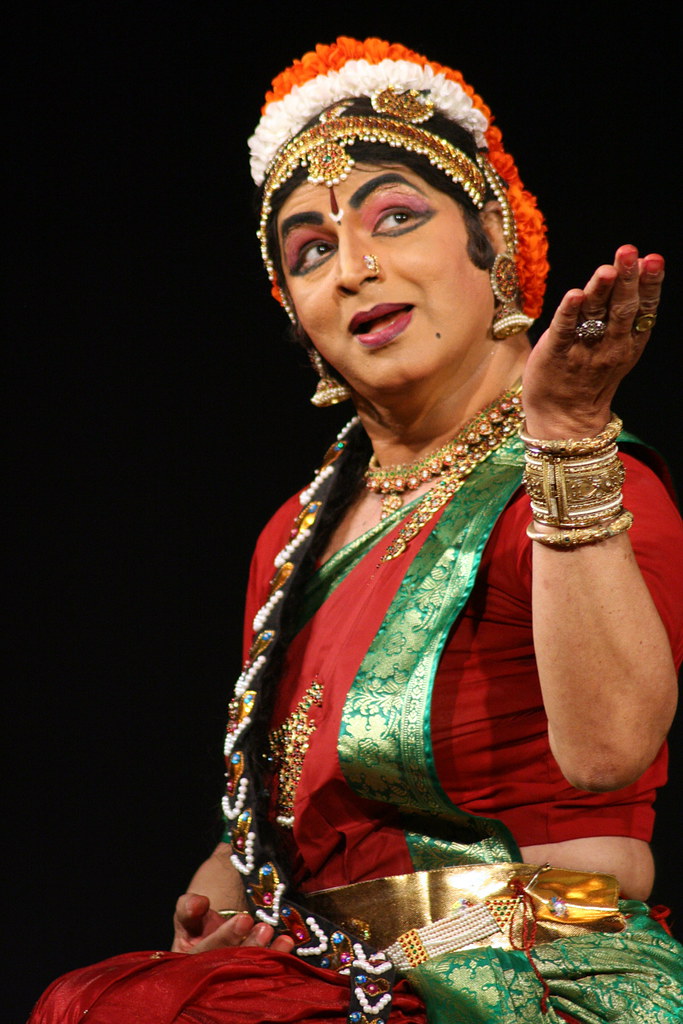
Nataraj Ramakrishna’s global Andhra Natyam promotion Yet, propagating a traditional art form globally involves not just the skill and passion of the founder but also the support and attention of the wider dance community, cultural institutions, patrons, and audiences.
Unfortunately, only Kalakrishna and a few other senior disciples followed his legasy. Most Major students changed paths. The Central Sangeet Natak Akademi likewise lags behind in recognizing Andhra Natyam as a classical Indian dance. Because of these issues, Andhra Natyam is still unknown globally.
Nataraj Ramakrishna’s international Andhra Natyam performances and workshops Proponents, viewers, and cultural institutions all have a role in a dance form’s global growth.
Ramakrishna began contributing to the respected Telugu newspaper Andhra Prabha at the age of fifteen with a series of articles titled “Nrityanjali,” which were eventually collected into a book. No exaggeration: he was the first modern author to compile such widespread interest in a book covering the classical, traditional, folk, and tribal dances of Andhra Pradesh and the Eastern countries. This resulted in numerous magazine editors asking him to write for their publications on a regular basis. His writings appeared in periodicals such as Andhra Prabha, Andhra Patrika, and Andhra Jyothi (both daily and weekly), as well as Visalandhra, Andhra Bhoomi, Krishna Patrika, Swatantra, and a number of others.
Consequently, he studied traditional Andhra dance styles. He has over 45 books to his name. Some of them are designed to pique the curiosity of Sivachildren in order to inspire them to take up the practice. Scholars and researchers can make use of some of them. He has had six books honored with state and national honors.
They are:
History of Dance traditions in Southern India, Nartana Bala, Dancing Bells (English version of Nartana Bala). This book was dedicated to Late Pandit
Jawaharlal Nehruji who graciously accepted it.
Nartana Bhoomi, Nartana Seema,Nartana Katha, His efforts are being made to publish his “Andhra Natyam” in four voluminous books for the use of those interested in this great traditional art which lay obscure for 2000 years.

